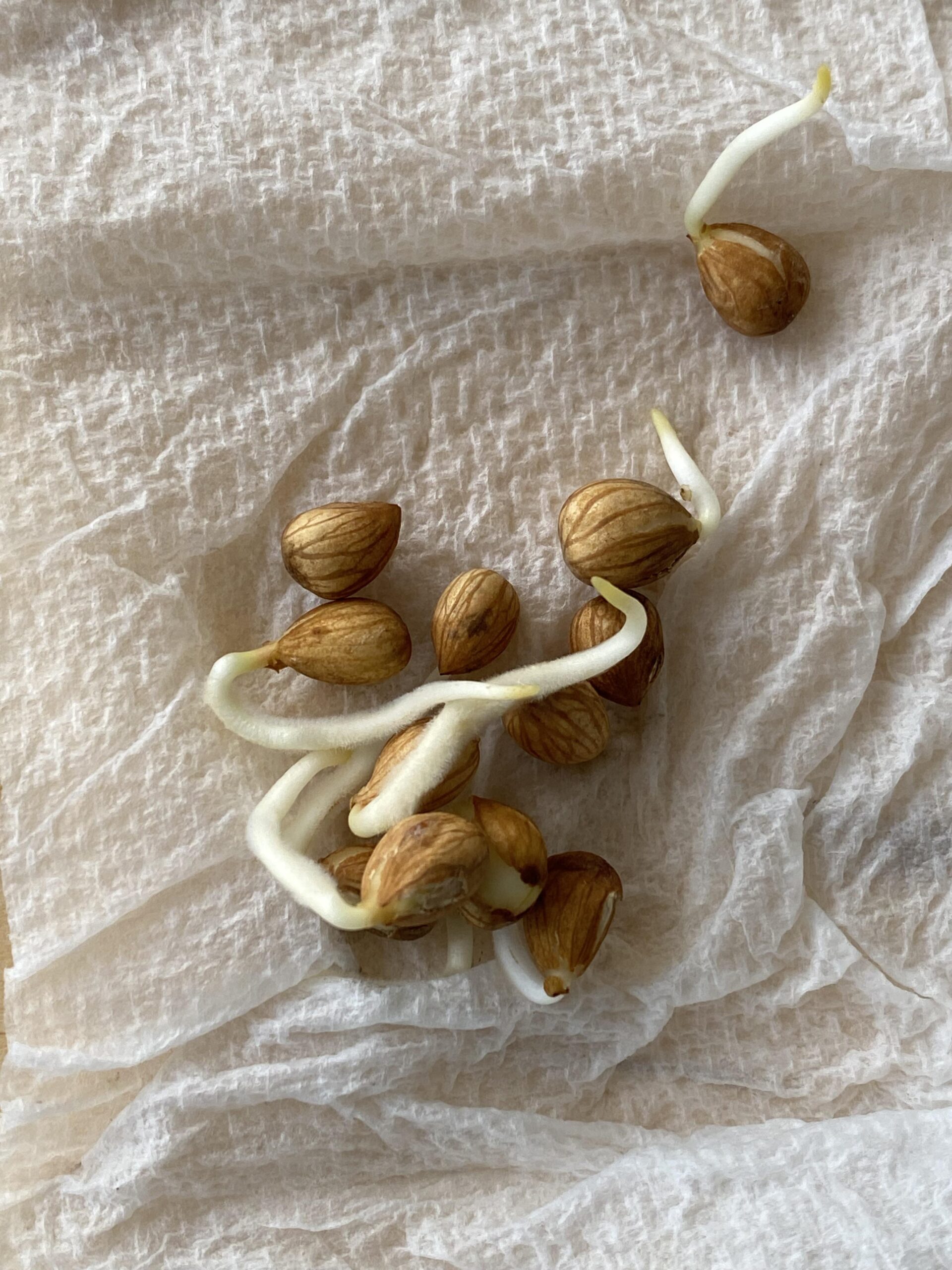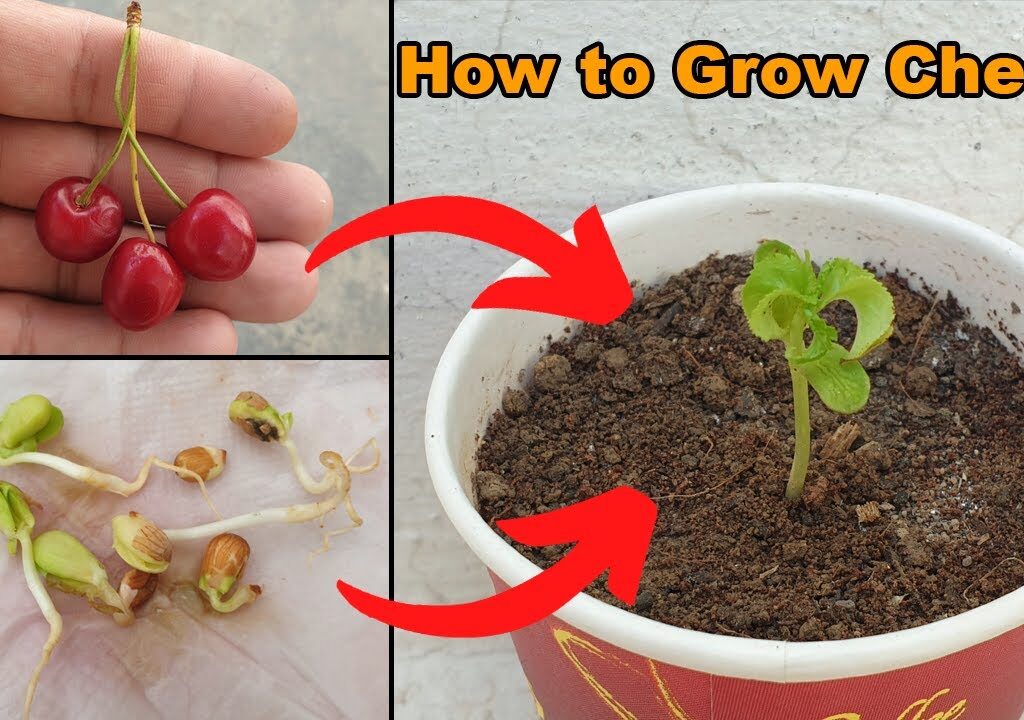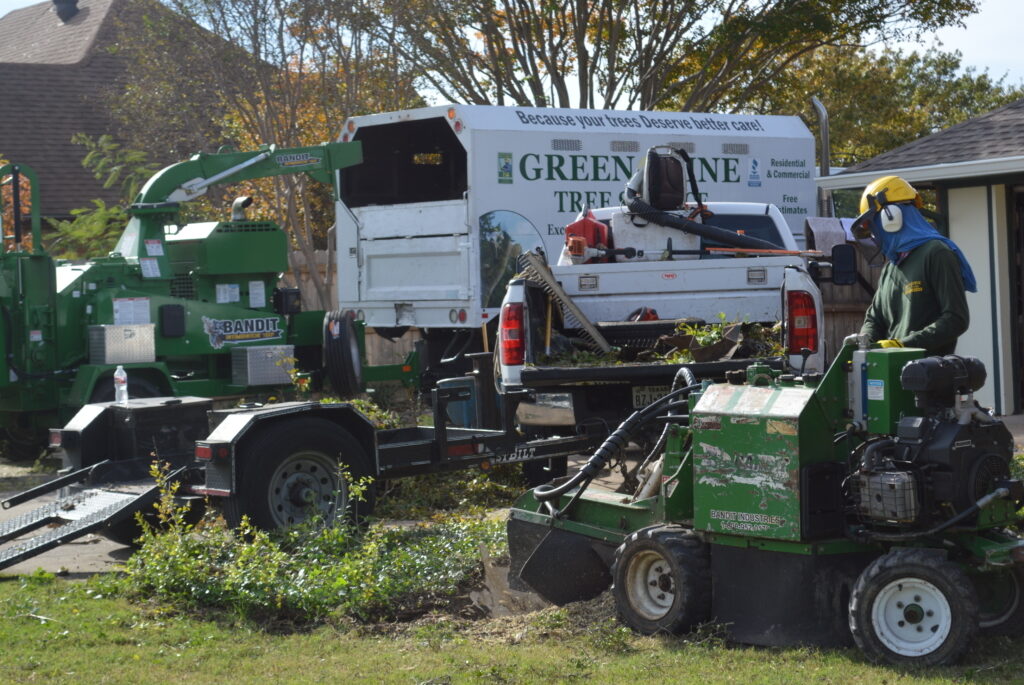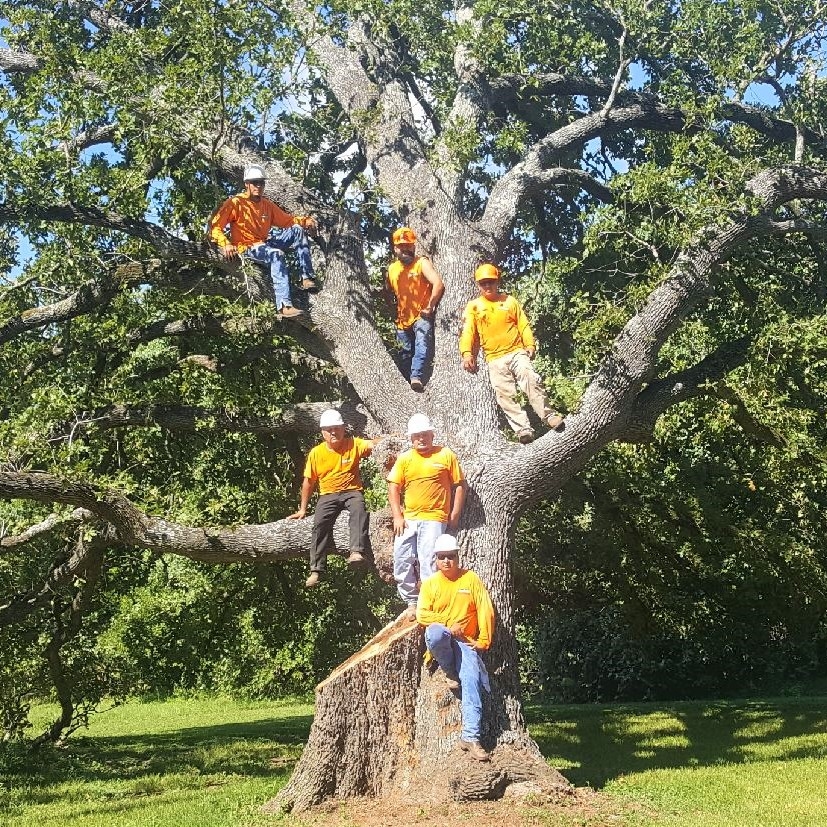How to Plant Cherry Seeds
Introduction
Sowing cherry seeds is a thrilling and fulfilling experience. Not only do you get to nurture a plant from its earliest stages, but you’ll also enjoy a bountiful harvest of delicious cherries in the future. Whether you’re a gardening enthusiast or a beginner, growing cherry trees from seeds is a fulfilling way to connect with nature. In this guide, we’ll take a deep dive into the entire process, offering you all the details you need to succeed.
Understanding Cherry Seeds
Types of Cherry Seeds
Before you start, it’s important to understand the types of cherries and their seeds:
• Sweet Cherries: These are the cherries you typically snack on. Popular varieties include Bing, Rainier, and Stella. They thrive in warmer climates and are ideal for eating fresh.
• Sour Cherries: Often used in pies, jams, and other recipes, sour cherries like Montmorency are hardier and can tolerate colder conditions.
Choosing the Right Seeds
• Fresh Seeds vs. Dried Seeds: Fresh seeds have a higher germination rate, but they must be properly cleaned and stored before planting. Dried seeds may still grow, but their success rate can be lower.
• Local Climate: Match the variety of cherry seeds to your region’s climate. Sweet cherries prefer temperate conditions, while sour cherries can handle frost better.
Preparing to Plant Cherry Seeds
Collecting Cherry Seeds
• Store-Bought Cherries: If you’re using cherries from the store, opt for organic ones to ensure the seeds haven’t been treated with chemicals that inhibit germination.
• Harvesting from Local Trees: If you have access to a cherry tree, pick fully ripe cherries and extract their seeds. These seeds are frequently more suited to thrive in your local environment.
Cleaning and Storing Seeds
• Remove the Residue: Clean the seeds thoroughly to remove all fruit pulp. Soak them in water for a day to loosen the residue, then scrub gently.
• Dry the Seeds: Place the seeds on a paper towel and let them air dry completely.
• Storage: If you’re not planting immediately, store the seeds in an airtight container in a cool, dry place.
Stratification Process

Stratification replicates the cold winter environment that cherry seeds require for successful germination. Here’s how:
• Prepare the Seeds: Wrap them in a moist paper towel and place them in a sealed plastic bag.
• Refrigerate: Keep the bag in the refrigerator at 33–41°F (0.5–5°C) for 8–12 weeks.
• Monitor Moisture: Check the paper towel periodically to ensure it stays moist but not soggy.
Planting Cherry Seeds
When to Plant Cherry Seeds
Spring: The ideal time to plant is in early spring after the last frost.
Fall: In warmer climates, planting in the fall allows seeds to naturally stratify during the winter.
Preparing the Soil
Cherry trees flourish in soil that drains well and is full of organic nutrients.
Target a pH range of 6.0 to 7.0, which is slightly acidic to neutral.
1.Drainage: Ensure the soil doesn’t retain water, as overly wet conditions can cause root rot.
Planting Steps
2.Select a Location: Choose a sunny spot with plenty of space for the tree to grow.
3.Prepare the Hole: Dig a small hole about 1–2 inches deep.
4.Plant the Seed: Place the seed in the hole and cover it with loose soil. Avoid compacting the soil.
If you’re planting several seeds, make sure to keep them at least 12 inches apart.
5.Water: Gently water the area to keep the soil moist but not saturated.
Taking Care of Your Cherry Seedlings
Watering and Mulching
• Watering: Cherry seedlings need consistent moisture, especially during their first year. Water them once or twice weekly, based on the weather conditions.
• Mulching: Apply a layer of organic mulch around the base to retain moisture, regulate temperature, and prevent weeds.
Providing Sunlight
Cherry trees require full sunlight for optimal growth. Ensure your seedlings get 6–8 hours of direct sunlight daily.
Protecting Young Plants
1.Pest Protection: Use nets or mesh to keep birds and insects away from the young plants.
2.Disease Prevention: Inspect leaves and stems regularly for signs of fungal infections or other diseases.
3.Transplanting and Long-Term Care
When to Transplant Seedlings
When your seedlings reach 8–12 inches tall and develop strong roots, they’re ready for transplanting.

Choose the Right Spot: Ensure the new location has enough space for the tree’s mature size.
• Steps for Transplanting: Create a hole that’s just a bit bigger than the seedling’s root ball, position the seedling in the hole, and fill the space with soil.
Fertilizing Cherry Trees
• First Year: Avoid fertilizing during the first year, as young plants can be sensitive.
• Ongoing Care: Apply a balanced fertilizer in early spring to support growth and fruit production.
Pruning for Healthy Growth
• Why Prune?: Pruning encourages air circulation, prevents disease, and shapes the tree for better fruiting.
The ideal time to prune is during late winter or early spring.
Enjoying the Fruits of Your Labor
How Long Does It Take to Grow Cherries?
It usually takes cherry trees about 3 to 5 years to start bearing fruit. Factors like variety, climate, and care play a significant role in this timeline.
Harvesting and Using Your Cherries
• Harvesting: Pick cherries when they’re firm, brightly colored, and slightly soft to the touch.
• Using Your Cherries: Enjoy them fresh, bake them into pies, or preserve them as jams and syrups.
Conclusion
Growing a cherry tree from seed is a journey that requires patience and dedication. From preparing the seeds to nurturing the tree, every step is a learning experience. With time, your efforts will be rewarded with a beautiful tree and a delicious harvest. So, why wait? Start planting cherry seeds today and create your own slice of nature’s paradise.


